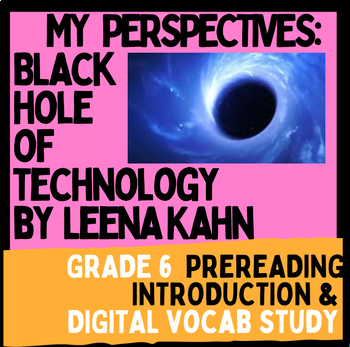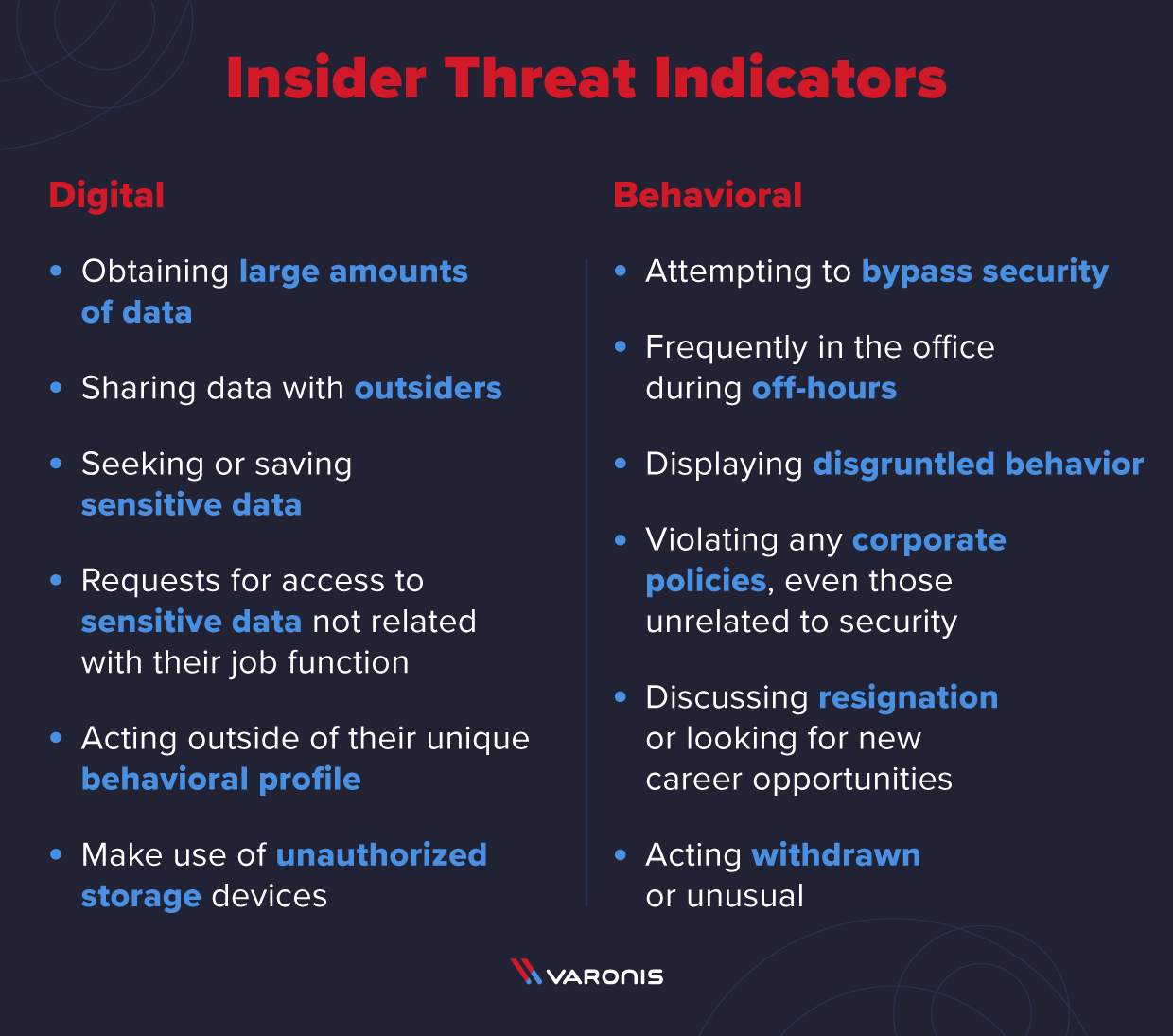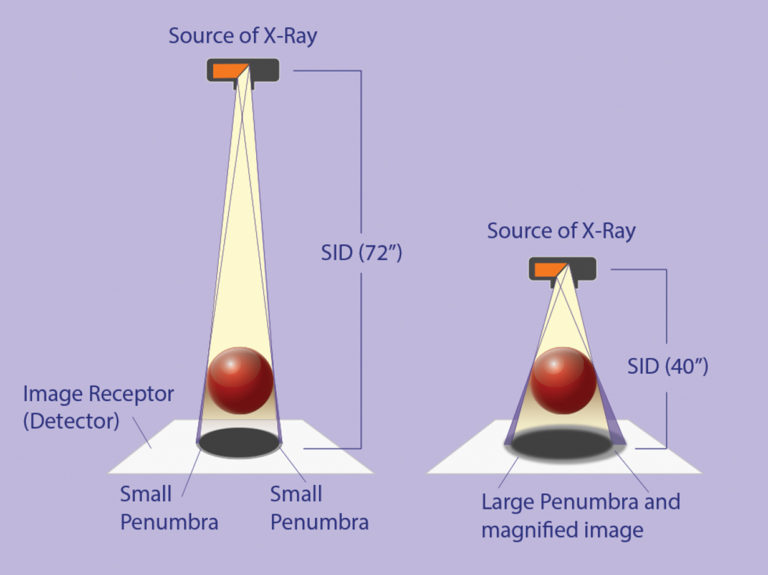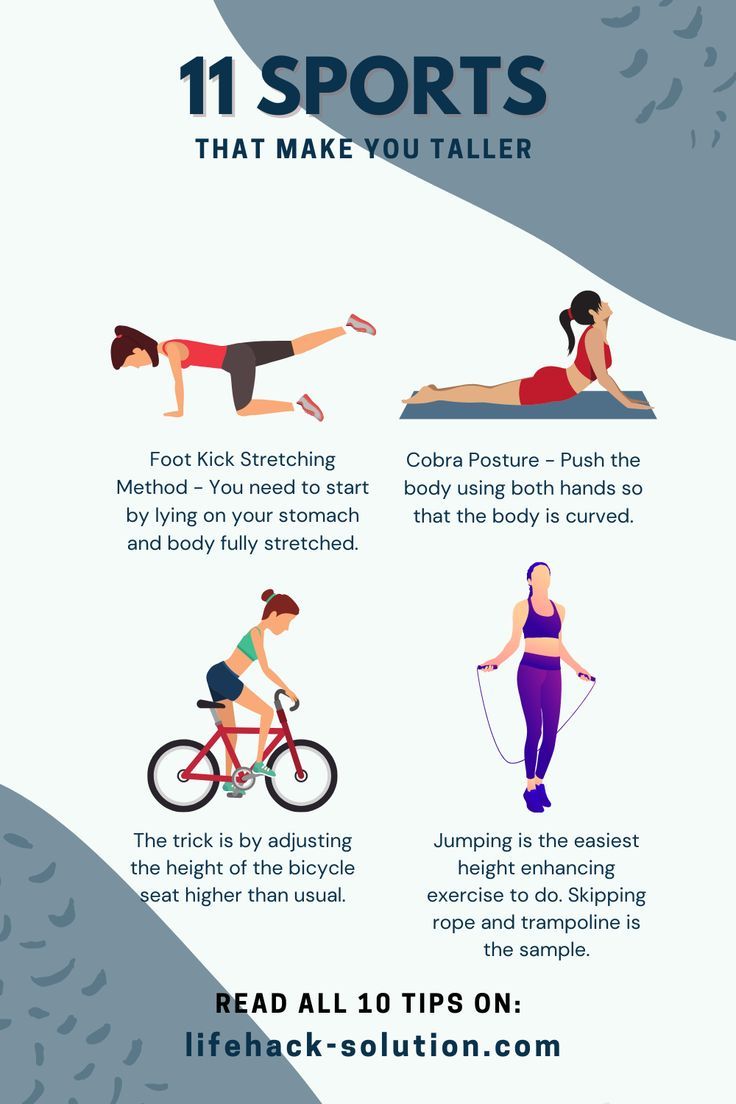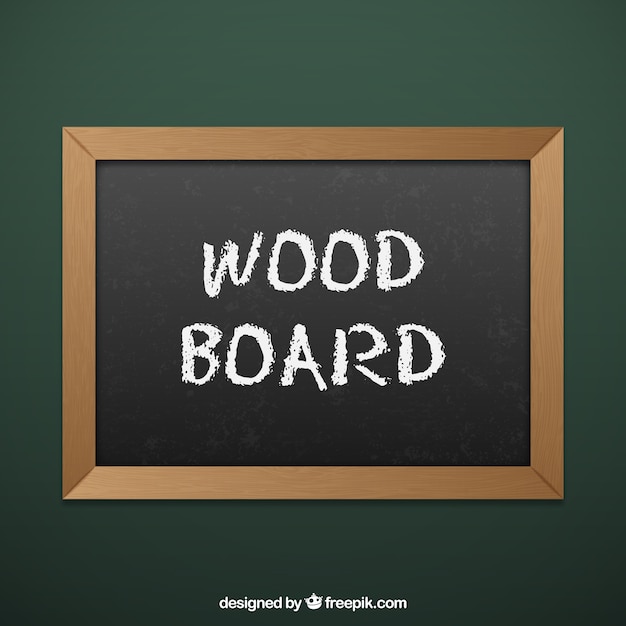Visual Rhythm in Art: How Artists Create Movement and Flow Through Design Elements
Understand visual rhythm in art
Visual rhythm from the heartbeat of artistic composition, create movement and flow that guide viewers through an artwork. This fundamental design principle transform static images into dynamic experiences that pulse with energy and life. Artists across all mediums harness rhythm to establish visual pathways, create emphasis, and maintain viewer engagement.
Rhythm in visual arts mirrors musical rhythm but operate through visual elements quite than sound. It establishes a sense of organize movement through the repetition of visual elements like shapes, colors, lines, and textures. This repetition create patterns that the human eye course follow, generate a sense of movement regular in wholly static artworks.
Types of visual rhythm
Regular rhythm
Regular rhythm occur when visual elements repeat at consistent intervals, create predictable patterns. This type appear oftentimes in architectural designs, textile patterns, and decorative arts. Gothic cathedral facades demonstrate regular rhythm through their repeat arches, columns, and ornamental details. The consistent spacing create a steady visual beat that emphasize the building’s grandeur and structural harmony.
Textile designers oftentimes employ regular rhythm in wallpaper patterns, fabric designs, and decorative borders. The predictable repetition create visual stability and can make spaces feel more organized and harmonious. Nonetheless, artists must balance regularity with visual interest to prevent monotony.
Alternate rhythm
Alternate rhythm involve the systematic repetition of two or more different elements in a predictable sequence. This creates more visual complexity than regular rhythm while maintain organizational structure. Checkerboard patterns represent the simplest form of alternate rhythm, switch between two contrast colors in a regular pattern.
Many traditional quilts demonstrate sophisticated alternate rhythms through their block patterns. The interplay between different fabric colors, patterns, and shapes create visual movement that draw the eye across the entire composition. Contemporary graphic designers oftentimes use alternate rhythm in logo design and branding materials to create memorable visual identities.
Progressive rhythm
Progressive rhythm involve the gradual change of visual elements while maintain repetition. Elements might increasingly increase or decrease in size, change color gradually, or shift position consistently. This type create strong directional movement and can guide viewers toward focal points or create dramatic visual effects.
M.c. Escher’s lithographs masterfully demonstrate progressive rhythm. His work” metamorphosis ” how shapes gradually transform from one form to another while maintain rhythmic repetition. The progressive changes create compelling visual narratives that engage viewers in follow the transformation process.
Flow rhythm
Flow rhythm create organic, natural movement through curved lines and organic shapes. Unlike the geometric precision of other rhythm types, flow rhythm mimics natural patterns find in water, clouds, plant growth, and human movement. This type oftentimes appears in artNouméau designs, landscape paintings, and contemporary organic architecture.

Source: visitsouthsomerset.com
Vincent van Gogh’s” starry night ” xemplify flow rhythm through its swirling sky patterns. The curved brushstrokes create movement that make the night sky appear alive and dynamic. The flow rhythm connect different areas of the composition and create emotional resonance with viewers.
Elements that create visual rhythm
Line and shape repetition
Lines serve as primary rhythm creators in visual arts. Repeat horizontal lines suggest calm stability, while vertical lines create upward movement and energy. Diagonal lines generate dynamic tension and directional flow. Artists combine different line types to create complex rhythmic patterns that guide viewer attention throughout their compositions.
Shape repetition reinforce rhythmic patterns through form. Geometric shapes create structured rhythms, while organic shapes produce more fluid, natural rhythms. The size relationships between repeat shapes affect rhythm intensity – similar sizes create steady beats, while varying sizes produce more complex rhythmic patterns.
Color rhythm
Color repetition create powerful visual rhythms that can unify compositions and create emotional responses. Warm colors tend to advance visually, while cool colors recede, allow artists to create rhythmic depth and movement. The strategic placement of repeat colors create visual pathways that guide viewers through artworks.
Henri Matisse’s cut out works demonstrate masterful color rhythm. His strategic placement of repeat colors create visual connections across compositions while maintain dynamic balance. The rhythmic color relationships energize the entire work and create cohesive visual experiences.
Texture and pattern
Textural repetition add tactile rhythm to visual compositions. Rough textures create different rhythmic qualities than smooth surfaces, and the interplay between contrast textures generate visual interest. Artists use textural rhythm to create emphasis, establish mood, and guide viewer attention.
Pattern course incorporate rhythm through its repetitive nature. Traditional patterns from various cultures demonstrate sophisticated rhythmic relationships that reflect cultural values and aesthetic preferences. Contemporary artists oftentimes reference traditional patterns while create new rhythmic interpretations.
Rhythm in different art forms
Painting and drawing
Painters create rhythm through brushstroke patterns, color repetition, and compositional elements. Impressionist painters like Claude Monet develop rhythmic brushstroke techniques that capture light and movement in their landscapes. The repeat vertical strokes in his water lily paintings create gentle rhythms that mirror the natural movement of water and plants.
Abstract expressionist painters push rhythmic exploration far, use gesture and mark making to create powerful visual rhythms. Jackson pollock’s drip paintings demonstrate how rhythmic movement during the painting process translate into visual rhythm in the finished work.
Sculpture
Three-dimensional artworks create rhythm through form repetition, surface treatment, and spatial relationships. Contemporary sculptor anDanishka poorcreate rhythmic experiences through repeat forms and reflective surfaces that change as viewers move around his installations.
Traditional architectural sculpture demonstrate rhythm through repeat decorative elements, column spacing, and proportional relationships. Gothic cathedrals achieve their sense of upward movement through rhythmic vertical elements that draw the eye skywards.
Photography
Photographers capture natural and artificial rhythms in their compositions. Street photographers oftentimes seek rhythmic patterns in urban environments – repeat windows, architectural details, or human activities that create visual beats across their images.
Landscape photographers capture natural rhythms in wave patterns, cloud formations, and geological structures. The repetitive nature of these natural phenomena create compelling visual rhythms that connect viewers with natural processes.
Cultural perspectives on visual rhythm
Different cultures emphasize various rhythmic approaches in their artistic traditions. Islamic art demonstrate sophisticated geometric rhythms that reflect spiritual and mathematical principles. The complex interlace patterns create infinite rhythmic variations that encourage contemplation and meditation.
African textile traditions incorporate rhythmic patterns that oftentimes correspond to musical rhythms and cultural narratives. These visual rhythms serve as cultural communication methods, preserve and transmit important community information through generations.
Asian artistic traditions oftentimes emphasize flow rhythms that reflect natural processes and philosophical principles. Chinese landscape paintings create rhythmic relationships between mountains, water, and sky that express harmony between human consciousness and natural forces.
Contemporary applications
Digital and interactive media
Digital artists explore new rhythmic possibilities through animation, interactive installations, and virtual reality experiences. Motion graphics designers create temporal rhythms that unfold over time, combine visual rhythm with actual movement and sound.
Interactive installations allow viewers to influence rhythmic patterns through their movements and choices. These works create personalize rhythmic experiences that respond to individual participation while maintain overall compositional coherence.
Environmental and public art
Large scale public artworks oftentimes incorporate rhythmic elements that interact with architectural and natural environments. These works create rhythmic relationships between human make and natural elements, enhance public spaces through visual organization and movement.
Environmental artists create rhythmic installations that change with weather, seasons, and time of day. These works demonstrate how natural rhythms can be incorporate into artistic expressions that evolve endlessly.
Analyze rhythm in masterworks
Understand rhythm in famous artworks help develop visual literacy and appreciation for artistic techniques. Leonardo da Vinci’s” the last supper ” emonstrate subtle rhythmic groupings through the positioning of the disciples. The rhythmic arrangements create narrative emphasis while maintain compositional balance.
Pablo Picasso’s cubist works explore rhythmic fragmentation and reconstruction. His analytical approach to form create new rhythmic relationships that challenge traditional perspective while maintain visual coherence through repeat geometric elements.
Contemporary artists continue to expand rhythmic possibilities through new materials, technologies, and conceptual approaches. Their explorations demonstrate that visual rhythm remain a vital and evolve aspect of artistic expression.
Develop rhythmic sensitivity
Artists develop rhythmic sensitivity through careful observation of natural and artificial patterns. Regular practice in identify rhythmic elements in everyday environments strengthen visual awareness and provide inspiration for creative work.
Sketch exercises focus on rhythmic elements help artists understand how repetition, variation, and progression create visual movement. These studies develop technical skills while build intuitive understanding of rhythmic principles.

Source: hillarylaurenart.blogspot.com
Cross-disciplinary exploration connect visual rhythm with music, dance, and poetry enrich artistic understanding and suggest new creative possibilities. Many artists find that study rhythm in other art forms enhance their visual rhythm capabilities.
MORE FROM weirdsearch.com


